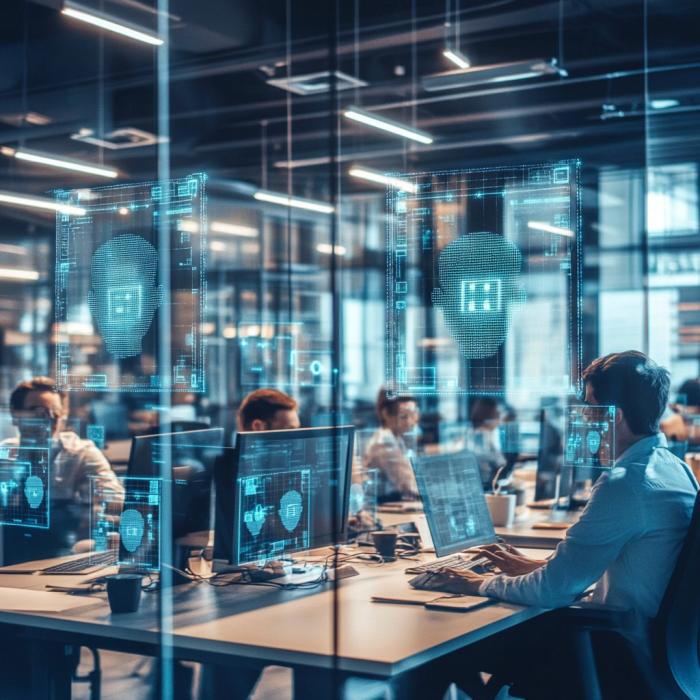

In an era where cyber security threats are pervasive, workplace surveillance through continuous authentication has become a hot topic. The central question arises—is filming employees day in and day out an ethical approach to enhancing security?
Continuous authentication utilizes facial recognition systems to verify a person’s identity at regular intervals, ensuring that the correct employee is using a device. This technology bolsters security by preventing unauthorized access and tracking potential breaches. On paper, it sounds like a robust solution for businesses aiming to safeguard their data.
However, the use of such technology raises significant privacy and ethical concerns:
The implementation of continuous authentication must also consider potential legal challenges:
To address these concerns, consider less invasive security measures:
In conclusion, while implementing a facial recognition system for employee monitoring can enhance data protection law compliance, its implications for human rights and privacy must be carefully considered. We urge employers, IT professionals, and business leaders to engage in open dialogue regarding workplace surveillance, evaluate alternative security measures, and ensure that any company policy respects employee rights and privacy. In such cases, it is crucial to establish a legitimate need for collecting data, including images captured during remote work, to foster a workplace where security and innovation coexist with employee trust and morale.
This website uses cookies to improve your experience. Choose what you're happy with.
Required for the site to function and can't be switched off.
Help us improve the website. Turn on if you agree.
Used for ads and personalisation. Turn on if you agree.
This website uses cookies to improve your experience. Choose what you're happy with.
Required for the site to function and can't be switched off.
Help us improve the website. Turn on if you agree.
Used for ads and personalisation. Turn on if you agree.